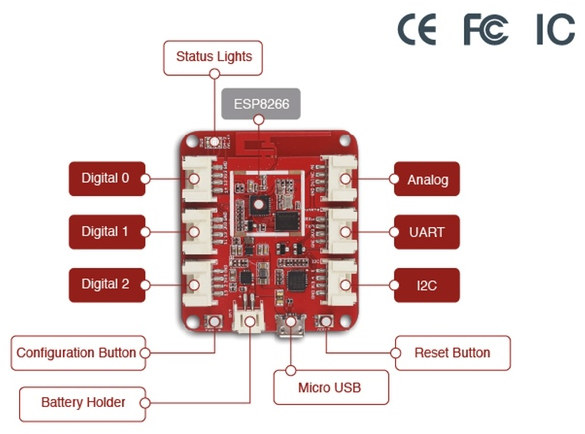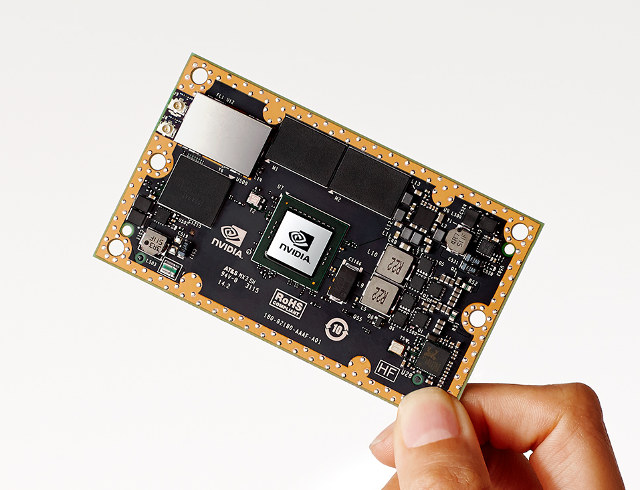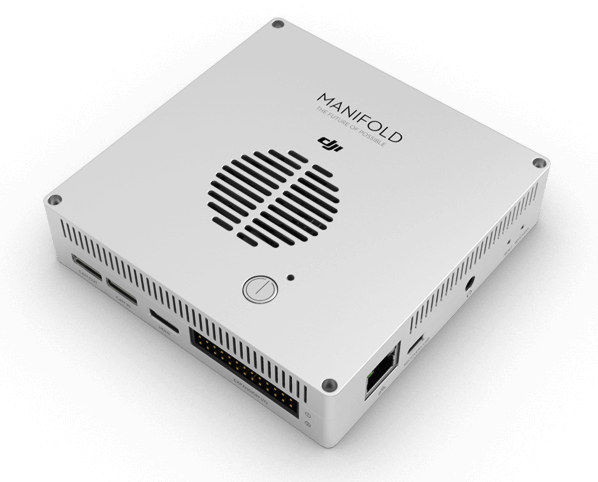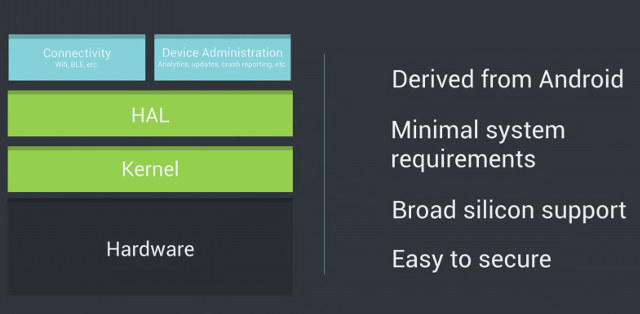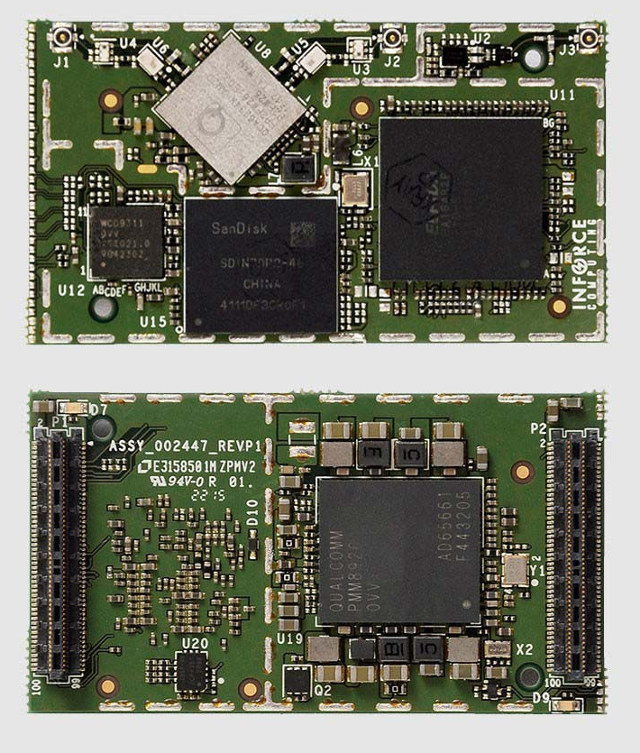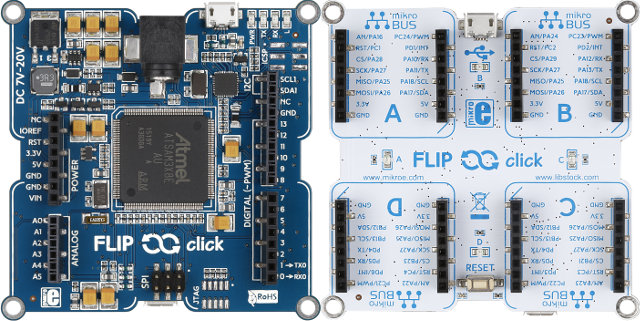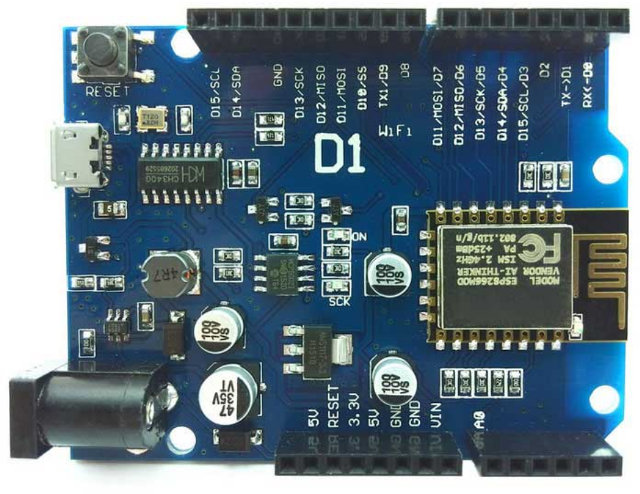While there’s already an healthy choice of ARMv8 development board such as LeMaker Hikey, or Qualcomm DragonBoard 410c, all those platforms are based on the lower end Cortex A53 64-bit ARM core, and ARM Cortex A57, let alone Cortex A72, boards are much more difficult to find, as they are much pricier and/or have limited availability. Intrinsyc may have released the first (somewhat) affordable and accessible Cortex-A72-class development board with Open-Q 820 development kit comprised of a SoM and a baseboard, as well as smartphone and tablet mobile development platforms (MDPs) based on Qualcomm Snapdragon 820 quad core Kryo processor. While Kryo is a custom ARMv8 designed by Qualcomm, and not exactly a Cortex A72 core, both have similar performance, as shown in Snapdragon 820 Antutu and Kirin 950 Antutu results. Open-Q 820 board specifications: SoC – Qualcomm Snapdragon 820 quad core Kryo cores with 2x cores @ up to […]
Wio Link is an ESP8266 Board Designed to Make IoT Projects Easier (Crowdfunding)
There are already plenty of board or modules based on Espressif ESP8266 WiFi SoC, but if you don’t like soldering, or would rather avoid breadboards and some cables for your or your kids’ projects, Wio Link may be interesting, as all you need to is to connect Grove modules required for your applications to get started, and Seeed Studio also took care of the low level software part and a drag-and-drop mobile app is provided, so software programming has been made easy too. Wio Link hardware specifications: SoC – Espressif ESP8266EX Tensila SoC Storage – 4MB flash Connectivity – 802.11b/g/n WiFi, with WEP/TKIP/AES encryption support Expansion – 6x Grove connectors: 3x digital, 1x analog, 1x UART and 1x I2C (3.3V I/Os) Power Supply 5V via micro USB port 3.4 ~ 4.2V via external battery Output DC Current – 1000mA MAX Charge Current: 500mA MAX Dimensions – 55mm*48mm Weight – 26g […]
Nvidia Tegra X1 Development Board is Finally Available… for $599
When Nvidia introduced Nvidia Tegra X1 octa processor with a 256-core Maxwell GPU at the very beginning of the year, I was expecting Jetson TX1 is follow suit in the next few months, but instead the company launched Nvidia Shield Android TV box based on the processor. The company has now launched Jetson TX1 module and development board. Let’s check the module first and its main specifications and features: SoC – Nvidia Tegra X1 octa core processor with 4x ARM Cortex A57 cores, 4x ARM Cortex A53 cores, and a 256-core Maxwell GPU System Memory – 4GB LPDDR4 (25.6 gigabits/second) Storage – 16GB eMMC Connectivity – 802.11ac 2×2 Bluetooth ready, Gigabit Ethernet Video – 4K video encode and decode Camera – Support for 1400 megapixels/second Dimensions – 50mm x 87mm The module support Linux4Tegra operating system based on Ubuntu. Libraries and drivers to leverage the Maxwell GPU include cuDNN CUDA-accelerated […]
Manifold mini PC Powered by Nvidia Tegra K1 Processor is Designed for Drones
DJI is known for their high-end drones such as Phantom 3 quadcopter, but the company has now launched Manifold mini PC powered by Nvidia Tegra K1 quad core Cortex A15 processor and running Ubuntu 14.04 in order to allow developers run their own applications performing complex computing tasks and advanced image processing “on the fly”. DJI Manifold specifications: SoC – Nvidia Tegra K1 quad core Cortex-A15 processor @ up to 2.2 GHz with 192-core Kepler GPU System Memory – 2GB DDR3L Storage – 16GB eMMC 4.51 flash, micro SD slot Video Output – mini HDMI port Audio I/O – mini HDMI, combo audio jack for microphone and headphone Connectivity – Gigabit Ethernet port USB – 2x USB 3.0 ports, 2x USB 2.0 host ports, 1x micro USB port (supports Force Recovery mode and Host mode) , and a non-standard USB 2.0 interface with the drone. Camera – Camera In and […]
Brillo Android based OS for IoT Projects Supports ARM, Intel and MIPS Platforms
You’d think there are already enough lightweight operating systems that could provide a good enough platform for IoT and embedded projects, but Google decided to make their own Brillo operating system for IoT, based on Android, most probably to leverage the existing Android tools, and make it easier for app developers to move to the Internet of Things space. Brillo ‘s hardware requirements are pretty low as the operating system can run on devices with 32MB of RAM, and 128MB of storage. Google will provide a complete ecosystem with an embedded OS, core services, and a developer kit with tools to build, test, and debug. Just like in Android, three architectures will be be officially supports, starting with the following hardware platforms: ARM – TechNexion Pico-i.MX6UL system-on-module based on Freescale i.MX6 UltraLite and Broadcom BCM4339 802.11ac + Bluetooth 4.0 wireless module, combined with PICO-DWARF baseboard. MIPS – Upcoming MIPS Creator […]
Inforce Computing 6401 Micro SOM is a Qualcomm Snapdragon 600 System-on-Module
Inforce Computing announced their 6501 Micro SOM system-on-module based on Qualcomm Snapdragon 805 processor in Q2 2015, and the company informed me that they had just unveiled a lower power version based on Snapdragon 600 processor called 6401 Micro SOM, and still featuring WiFi, Bluetooth 4.0, and GPS connectivity on module. Inforce 6401 Micro SOM: SoC – Qualcomm Snapdragon 600 (APQ8064) quad core Krait processor up to 1.7 GHz with Adreno 320 GPU, and Hexagon DSP v4 up to 500MHz System Memory – 2GB PoP LPDDR2 @533Mhz (Optional 3GB) Storage – 4GB eMMC v4.4.1/v4.5, with options up to 64GB Connectivity – BT 4.0 , dual band 802.11n/ac Wi-Fi (QCA6234), and GPS (WGR7640) with WiFi and GPS antennas on carrier board Peripherals and I/O via two 100-pin SoM connectors: Video / Display – 1x HDMI, 2x MIPI-DSI (4-lane) & touch screen Audio 4x Line out, 3x Mic-in, 1x headphone out 8-channel […]
Flip & Click Board with Atmel SAM3X8E MCU Features 4 mikroBUS Sockets & Arduino Headers
HummingBoard Gate introduced last month was the first board I saw with a mikroBUS socket that can be used with over 150 “Click boards” by MikroElektronika adding functionalities such as sensors, OLED displays, relays, servos, and so on. But if you project don’t quite need the power of a full featured Linux board, or you simply prefer working with the Arduino IDE, MikroElektronika has just launched Flip & Click board powered by an Atmel SAM3X8E Cortex-M3 micro-controller and featuring four mikroBUS sockets on the back of the board, as well as Arduino compatible headers on the top. Flip & Click board specifications: MCU – Atmel AT91SAM3X8E Cortex M3 micro-controller @ 84MHz with 512 KB flash, 100 KB SRAM (64+32+4), also used in Arduino Due. Expansions Headers Arduino UNO compatible headers on the top 4x mikroBUS socket on the bottom USB – micro USB port for programming and power Misc – […]
$9 ESP8266 D1 Board Features Arduino UNO Headers
We’ve already seen the Arduino IDE supports ESP8266(-EX) WiFi SoC, and some companies have designed Arduino shields for ESP8266 modules, but so far I had never seen an ESP8266 board with Arduino UNO form factor supporting Arduino shields, and that’s exactly what showed up in DX new arrivals RSS feed with a white label ESP-12E UNO board selling for $11.75 including shipping. The “D1” board has the following specifications: ESP8622 Module – AI-Thinker ESP12-E module (as found in NodeMCU) based on ESP8266-EX SoC @ 80 or 160 MHz with 4MB flash Connectivity – 802.11 b/g/n with PCB antenna. Supports station / softAP / SoftAP + station modes, WPA/WPA2 security. I/Os 11x Digital I/O pins 1x Analog Input pin I/O logic level: 3.3V ADC pin (A0) input voltage: 0-3.3V Debugging – Via micro USB using CH340G USB-TTL serial chip Misc – Reset button Power Supply – 6-24VDC via DC jack, 5V via […]



